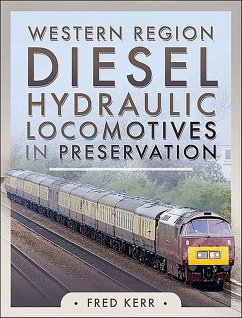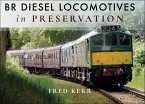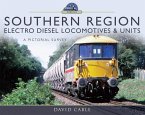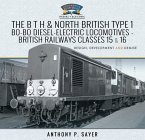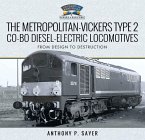When British Railways initiated its Modernisation Plan in 1955, its Western Region elected to trial locomotive designs with hydraulic transmission whilst BR encouraged designs with electric transmission. The Western Region felt that the lighter weight of 78 tons for a diesel hydraulic locomotive producing 2000 hp, compared to an equivalent weight of 132 tons for a diesel electric locomotive producing 2000 hp, would better meet BR's requirement for a modern locomotive. BR's failure to follow up with its declared policy of having all freight vehicles fitted with brakes saw operators preferring the heavier diesel electric designs which proved more able to operate trains without through brakes at higher speed. The greatest concern was with operating costs whereby the Western Region policy of replacing components at the depot then transferring them to Swindon for repair incurred heavy costs that were reflected in the maintenance cost per locomotive. Given the smaller number of diesel hydraulic locomotives and the larger number of diesel electric locomotives it was little surprise that by the mid-1960s a cost comparison showed that the build and operation of diesel electric locomotives was increasingly cheaper over the long term. Furthermore the increased availability of diesel electric locomotives released by a combination of factors provided an opportunity to replace the diesel hydraulic fleet, which was withdrawn from service during the 1970s. The preservation of redundant locomotives was slow but once it was confirmed, by the preservation of 'Hymek' Class 35 D7017 in 1975, that public appeals could quickly fund the preservation of withdrawn examples further public appeals followed. In a short space of time 31 locomotives from a mixed fleet of 358 locomotives entered preservation to remind both enthusiasts and the public of a concept (i.e. hydraulic transmission) that had had much to offer but had been dismissed on questionable financial grounds.
Dieser Download kann aus rechtlichen Gründen nur mit Rechnungsadresse in A, B, BG, CY, CZ, D, DK, EW, E, FIN, F, GR, HR, H, IRL, I, LT, L, LR, M, NL, PL, P, R, S, SLO, SK ausgeliefert werden.

